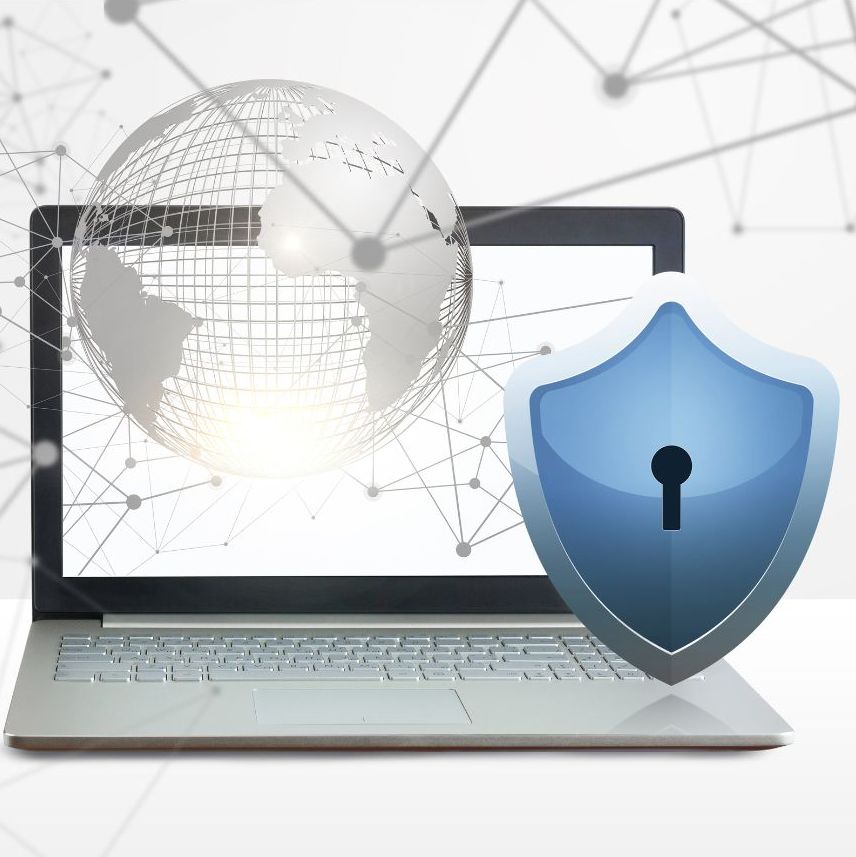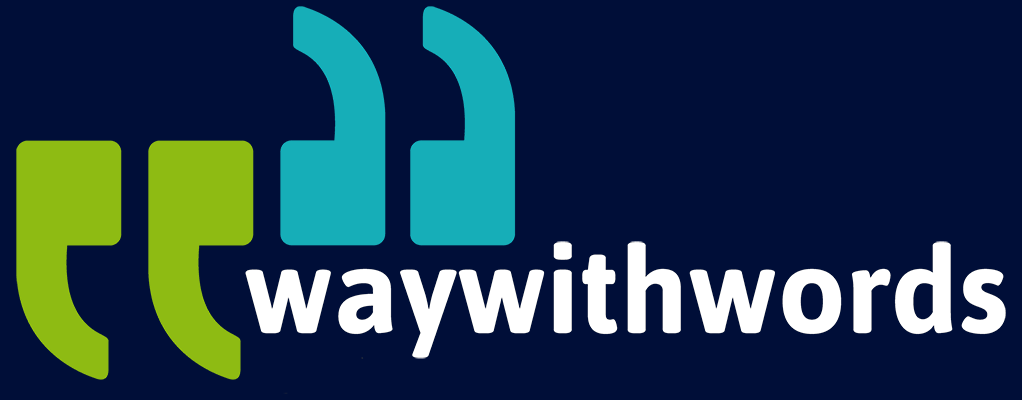Quality Guarantees in Transcription Services
Are There any Guarantees on the Quality of Transcripts?
Accuracy is a key concern when choosing a transcription service. Whether you’re dealing with legal, academic or education, medical, or business content, the precision of transcripts can have significant consequences. But do transcription providers offer guarantees on quality?
Many services advertise high accuracy rates, but understanding the specific guarantees they provide is crucial. Knowing what assurances exist helps clients make informed decisions and avoid costly mistakes.
Here are three frequently asked questions about transcription quality guarantees:
- What accuracy levels can I expect from a transcription service?
- Do companies offer refunds or revisions for errors?
- How do providers maintain consistent quality across projects?
This short article explores the different guarantees offered by transcription services, the importance of accuracy, and case studies showcasing effective quality assurance.
Understanding Transcription Quality Guarantees
A quality guarantee is a commitment from a transcription provider to meet specific industry standards. These assurances typically include accuracy benchmarks, turnaround time commitments, and data security measures.
Human transcription services often claim 99% accuracy, while AI-generated transcripts usually achieve 80-90%. However, factors such as audio quality, speaker clarity, and background noise can impact accuracy. To mitigate these issues, many transcription providers implement multi-stage quality control processes, including peer reviews, AI-assisted proofreading, and final editor checks.
Many companies also offer revision policies, enabling clients to request corrections within a set timeframe. Some provide refunds or credits if quality benchmarks are not met. Additionally, high-quality services often include priority options for critical projects, ensuring enhanced accuracy and faster turnaround times.
Ensuring accuracy isn’t solely about transcriptionists’ skills—audio clarity, speaker numbers, and industry-specific terminology also play a role. When choosing a service, verifying quality control measures and guarantee policies can prevent errors and maintain the reliability of transcripts.
Types of Quality Assurances in Transcription Services
1. Accuracy Guarantees
Most transcription providers promise a minimum accuracy level, usually between 95-99%. Higher accuracy is essential in fields like law and medicine, where minor mistakes can lead to significant issues. Companies enforce accuracy through trained professionals, multi-step verification processes, and AI-assisted proofreading tools.
To achieve these high accuracy levels, transcription companies implement rigorous quality control measures. Trained professionals review transcripts to ensure they meet industry standards, often using multi-step verification processes. This may involve multiple transcriptionists working on the same document, as well as supervisors who conduct final quality checks before delivery.
Additionally, many providers integrate AI-assisted proofreading tools. These tools help detect inconsistencies, misheard words, and formatting errors, enhancing the accuracy of the final transcript. However, AI alone is not sufficient for ensuring perfect accuracy, which is why human oversight remains a key component of high-quality transcription services.
Clients looking for reliable transcription should confirm the provider’s accuracy claims, understand their quality control methods, and review customer feedback. These steps help ensure that the final transcripts meet their required precision levels, especially for sensitive or technical content.

2. Revision and Correction Policies
Clients can request revisions if errors are found, often within a specified period (typically 7-30 days). Some providers offer unlimited revisions within this timeframe, ensuring that clients receive a transcript that meets their expectations. Others may impose restrictions, allowing only minor corrections or charging extra for substantial edits. The scope of revisions often depends on the accuracy guarantee provided by the service. Some providers include multiple levels of quality checks before delivery, reducing the need for major revisions.
Clients should carefully review a provider’s revision policy to understand the limitations and the process involved in requesting changes. Knowing whether the service offers automated quality assurance, human proofreading, or a combination of both can help set expectations for the final product. Understanding these policies can prevent frustration and ensure the final transcript aligns with the client’s requirements.
3. Human vs AI Transcription
Many services differentiate between human and AI-generated transcripts. Human transcription offers superior accuracy, particularly for complex, technical, or multi-speaker content. Human transcriptionists are trained to understand context, industry-specific jargon, and speaker nuances, reducing the likelihood of misinterpretations. This level of detail is crucial in legal, medical, and academic fields where precision is paramount.
AI transcription, while significantly faster and more cost-effective, often lacks the contextual awareness of human transcribers. It struggles with accents, overlapping dialogue, and technical terms, leading to errors that require human proofreading.
However, AI has made substantial progress in recent years, incorporating machine learning to improve accuracy rates. Many transcription providers now use a hybrid model, where AI-generated drafts are reviewed and refined by professional editors. This approach balances speed and affordability with accuracy.
Clients should assess their needs when selecting between human and AI transcription. For quick, informal transcripts, AI may suffice, but for critical, high-stakes content, human transcription remains the gold standard. Additionally, businesses can explore hybrid services that offer AI-generated transcripts with optional human review for enhanced reliability.
4. Compliance with Industry Standards
Regulated industries require strict adherence to data security and confidentiality standards. Medical transcription, for instance, must comply with HIPAA in the United States, ensuring that patient data remains protected through encryption, secure storage, and restricted access. Legal transcription, on the other hand, must adhere to GDPR in Europe, which governs the handling of personal data and mandates strict security protocols.
Reputable transcription providers undergo regular audits to confirm compliance with these regulations. They implement rigorous security measures such as multi-factor authentication, end-to-end encryption, and secure server storage to safeguard client data. Staff members are often trained on best practices for data protection, ensuring that they understand legal requirements and confidentiality agreements.
Additionally, some transcription providers employ on-premises transcription options for industries requiring heightened security, where sensitive information is processed without leaving a controlled environment. Others may offer custom security solutions, such as dedicated servers or restricted access workflows, for high-risk industries such as finance, government, and healthcare.
Clients seeking transcription services in regulated sectors should verify that providers have appropriate certifications and security measures in place, as failing to comply with these standards could lead to legal and financial consequences.
5. Security and Confidentiality Assurances
Security is paramount for industries dealing with confidential data. Reliable providers implement multiple layers of security to ensure data protection, including end-to-end encryption, strict access controls, and continuous monitoring of data systems. Enforcing NDAs (Non-Disclosure Agreements) is a common practice, ensuring that transcriptionists and staff members handling sensitive information are legally bound to confidentiality.
Providers may also utilise secure cloud storage with restricted access, logging all file transfers and interactions to monitor and prevent potential breaches. Multi-factor authentication (MFA) adds an extra layer of security, ensuring that only authorised personnel can access transcription files. Additionally, advanced data anonymisation techniques may be used in highly sensitive industries to further safeguard client information.
Some companies offer in-house transcription services, where all work is completed within a secure, controlled environment without exposure to external networks. This approach is particularly beneficial for organisations handling classified or highly regulated data, such as government agencies, financial institutions, and healthcare providers.
For maximum security, clients should verify that transcription providers follow industry best practices and hold certifications such as ISO 27001 for information security management or HIPAA compliance for medical data protection.

6. Refund and Compensation Policies
Some companies offer full or partial refunds if transcripts fail to meet agreed-upon quality standards. Others provide service credits for future orders, allowing clients to offset the cost of a future transcription project if the initial one does not meet expectations. The specific terms and conditions of these policies vary, with some providers requiring clients to submit detailed error reports within a set timeframe, while others offer a more flexible approach.
High-quality transcription services may also provide a structured dispute resolution process, allowing clients to engage directly with the provider to discuss errors, request corrections, or negotiate compensation. Additionally, some providers implement multi-tiered quality assurance protocols to minimise the likelihood of errors occurring in the first place, reducing the need for refunds or service credits.
Clients should carefully review the refund and compensation policies of transcription providers before engaging their services. Understanding these policies ensures that clients are aware of their rights and options in the event of discrepancies or inaccuracies in the final transcript, ultimately leading to better service satisfaction and reliability.
7. Turnaround Time Guarantees
Providers often commit to delivering transcripts within specific timeframes, ensuring clients receive their content within the agreed-upon deadlines. Expedited services may be available for urgent projects, providing faster turnaround times for businesses and professionals who require immediate access to transcribed material. Some services offer tiered pricing based on urgency, allowing clients to prioritise time-sensitive projects.
In cases where deadlines are missed, providers may apply penalties or offer service credits as compensation, demonstrating their commitment to reliability. Additionally, reputable transcription companies often implement robust workflow management systems to ensure efficient processing, leveraging automated tracking and real-time updates to keep clients informed about their project’s progress.
For large-scale projects, providers may also allocate dedicated transcription teams to handle high-volume workloads while maintaining quality and accuracy. Clients should verify a provider’s turnaround time guarantees and contingency plans in case of unexpected delays, ensuring they can meet deadlines effectively and without disruption to their workflow.
8. Speaker Differentiation and Formatting
Speaker identification and proper formatting are essential for enhancing transcript readability and usability. Many providers guarantee structured transcripts with clear speaker labels, ensuring that each participant is easily distinguishable. This is particularly useful for legal, medical, and business transcriptions, where identifying speakers accurately is crucial.
Timestamps are another critical component, helping users quickly reference specific parts of a conversation, which is especially valuable for media professionals and legal teams working with deposition transcripts. Industry-specific formatting guarantees ensure that the transcript aligns with required professional standards, such as verbatim transcription for legal proceedings or summarised formats for corporate meetings.
Some transcription services go a step further by offering custom formatting options, allowing clients to specify how speakers should be labelled, whether timestamps should be inserted at regular intervals, and if additional elements like background noise indicators should be included. High-quality providers implement rigorous formatting checks to ensure consistency throughout the document, making transcripts easier to review, analyse, and reference.
9. Proofreading and Editing Commitments
Premium transcription services include human proofreading and editing to refine transcripts. This additional layer of review ensures improved clarity, consistency, and overall accuracy, particularly for specialised or high-stakes projects where precision is paramount. Human editors carefully examine each transcript to correct errors in grammar, punctuation, and word choice while ensuring that technical terms and industry-specific jargon are accurately transcribed.
For legal, medical, and academic transcription, proofreading is essential to maintain compliance with formatting standards and accuracy requirements. A well-proofed transcript eliminates ambiguities, ensuring that names, numbers, and terminology are correctly rendered. Editors also check for misheard words, omitted phrases, and inconsistencies in speaker identification.
Additionally, premium services may include multiple rounds of review, with initial transcription completed by a skilled professional, followed by a dedicated proofreader who refines the document. Some providers employ subject-matter experts for technical or industry-specific content to guarantee accuracy.
Clients should look for transcription services that offer structured proofreading and editing processes as part of their quality assurance commitments. This ensures that the final transcript is polished, precise, and ready for use in professional or legal settings.

10. Case Studies: Quality Assurance in Action
Leading transcription providers use real-world case studies to demonstrate their quality control practices. These examples showcase the effectiveness of AI-enhanced proofreading, multi-stage verification, and responsive customer feedback mechanisms. Reviewing case studies can help clients assess whether a service provider consistently delivers high-quality transcripts.
Case studies also highlight how providers handle complex and technical transcription work. Many reputable transcription companies work with legal firms, medical professionals, and media organisations, showcasing their ability to transcribe sensitive information accurately. These case studies offer insight into how providers resolve challenges, such as poor audio quality, multiple speakers, and specialised terminology, demonstrating their commitment to quality and reliability.
Tips for Choosing a Reliable Transcription Service
- Verify Accuracy Policies – Look for clearly stated accuracy guarantees and revision terms.
- Check Compliance Standards – Ensure the provider follows industry-specific security and confidentiality regulations.
- Read Customer Reviews – Previous client feedback offers insights into reliability and service quality.
- Assess Data Security Measures – Confirm encryption, secure storage, and confidentiality policies.
- Compare Human and AI Transcription – Human transcription provides better accuracy, but AI is faster and more budget-friendly.
Selecting a transcription service with strong quality guarantees ensures consistent, accurate transcripts. Reviewing accuracy commitments, revision policies, security measures, and turnaround time guarantees helps clients make informed choices.
Before choosing a provider, verifying their policies on revisions, refunds, and data security can help avoid unnecessary risks. Reliable transcription services prioritise accuracy, confidentiality, and industry compliance, offering clients the assurance they need.
Further Transcription Resources
Quality Assurance: This article provides an overview of quality assurance practices relevant to transcription services.
Featured Transcription Solution: Way With Words: Way With Words follows strict security protocols to ensure confidential and accurate transcription services.
